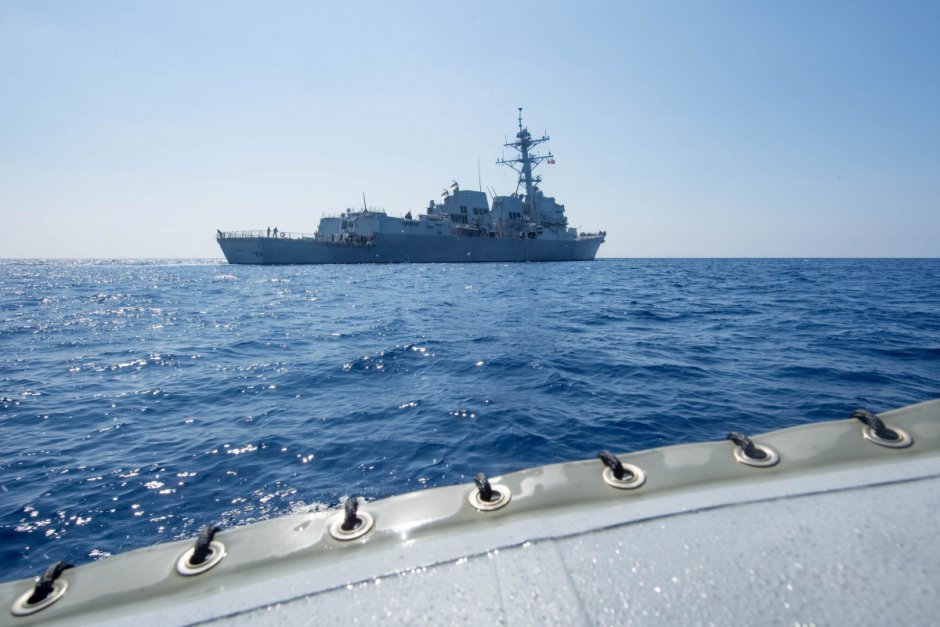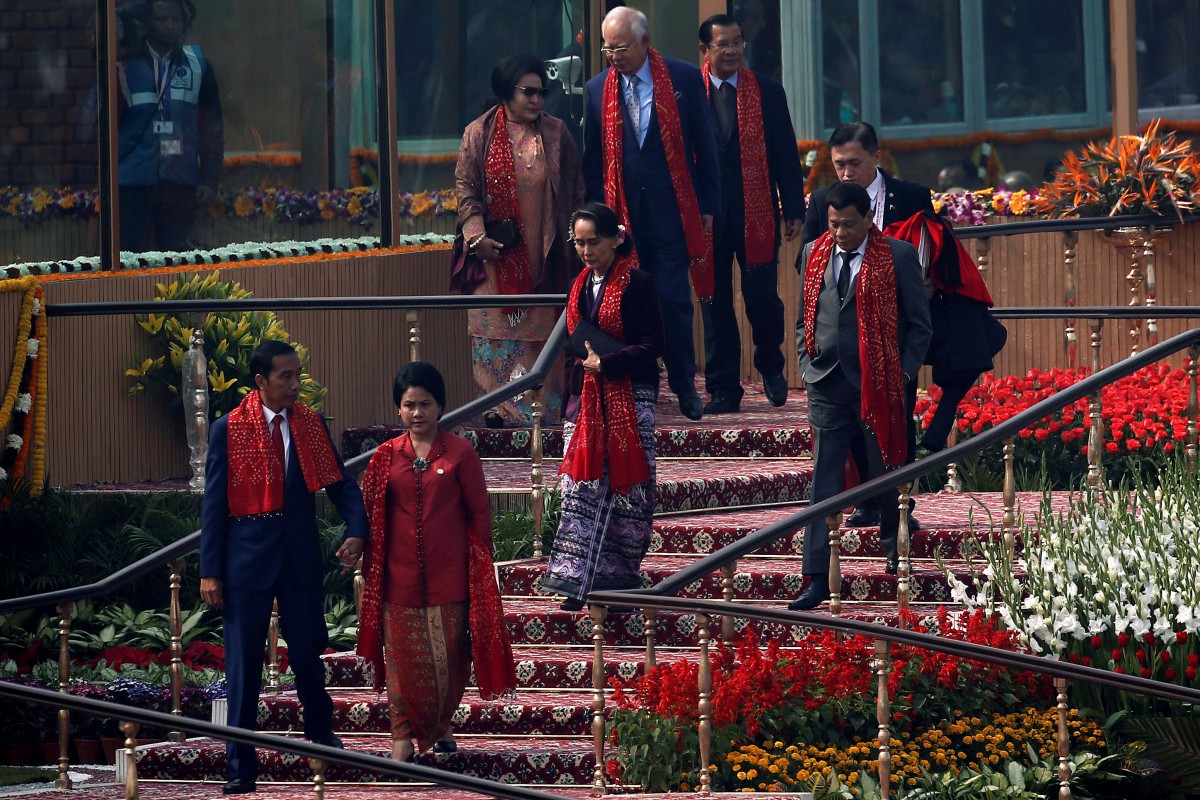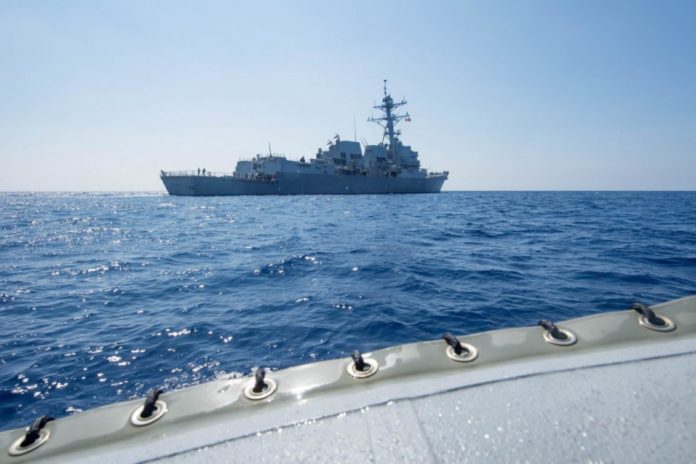TO commemorate 25 years of dialogue partnership with the Association of Southeast Asian Nations (Asean), India hosted 10 leaders from the member countries as chief guests for its Republic Day celebrations.
In his Republic Day editorial that appeared in 27 newspapers and in 10 languages, Prime Minister Narendra Modi focused on the shared values and common destiny between India and Asean, which have moved on from being dialogue partners to strategic partners.
It is therefore evident that Asean and Southeast Asia are on India’s priority list. There are certain imperatives on which India seeks to engage with Asean: geopolitical, economic, and socio-cultural.
SEE ALSO: Russia, India, China affirm partnership against terrorism
First, the geopolitics. The central issue on which Indo-Asean relations deeply thrive is China. The Modi government’s 2014 Act East Policy (a successor to the Look East Policy of the 1990s) came as an anaesthetic solution to China’s growing assertiveness in the region and was welcomed by the members of Asean.
In July 2016, China’s decision to ignore the verdict of the Permanent Court of Arbitration regarding its territorial claims in the South China Sea provided further impetus for this relationship. With India a big power in the region, the countries of Southeast Asia expect India to serve as a balance to China.

Arleigh Burke-class guided-missile destroyer USS Dewey transits the South China Sea May 6, 2017. Picture taken May 6, 2017. Source: Reuters/Kryzentia Weiermann/Courtesy U.S. Navy
The idea that India should enlarge its engagement in the region was also evident this year in the quadrilateral grouping of India, US, Australia and Japan. India’s Ministry of External Affairs has maintained that the Quad partnership is to ensure freedom of navigation in the region’s oceans, indicating growing concerns over China’s continued build-up in the South China Sea.
Second, there are economic imperatives behind New Delhi’s engagement with Southeast Asia. Taking advantage of mutual geopolitical insecurities, India has consistently pressed for greater economic integration with Asean nations and has sought to present itself as an attractive investment destination to them.
During the Republic Day celebrations in New Delhi, Modi offered to set up digital villages in Cambodia, Laos, Myanmar and Vietnam by utilising India’s $1 billion line of credit to Asean for ‘connectivity, culture, and commerce’. In July 2017, India’s then Foreign Secretary Subrahmanyam Jaishankar described connectivity as the “new Great Game”.
With the signing of the Asean-India Agreement in Services and Investments, Asean and India are likely to benefit from an extended market, where air connectivity aims to play a pivotal role. The issue of enhancing air connectivity between Asean countries and India is a major challenge due to growing demand for air cargo services. Among other things, India hopes to work towards an India-Asean Single Aviation Market and would like to facilitate more business and leisure tourists by having more direct flights connecting its Tier II and Tier III cities.
On the other hand, the Asean exhortation for India to ‘stand with Asean’ to conclude the Regional Comprehensive Economic Partnership (RCEP) by 2018 did not achieve concrete commitments.
India’s protectionist instincts have impacted its regional profile and highlighted its weaknesses, leading to frustration among other member nations by slowing down or impeding the negotiations. This could jeopardise India’s regional status in the eyes of the Southeast Asian nations.

Malaysia’s Prime Minister Najib Razak, Indonesia’s President Joko Widodo, Myanmar’s State Counsellor Aung San Suu Kyi, and Philippine President Rodrigo Duterte, leave after attending the Republic Day parade in New Delhi, India January 26, 2018. Source: Reuters/Adnan Abidi
SEE ALSO: Experts call for greater education integration across Asean
Furthermore, some of New Delhi’s consolations for Asean members, like its 2015 offer for access to India’s indigenous satellite navigation system, the GPS-aided Geo Augmented Navigation (GAGAN), received no uptake from the nations of Southeast Asia. They instead chose the alternate offer from China.
The third imperative of India-Asean relations is socio-cultural. India has recognised the importance of its commonalities with Southeast Asia in civilisation, culture, religion and tradition and has sought to exploit these to build close linkages with the Asean countries. Southeast Asia remains an attractive destination for Indian tourists given its historical sites and affordability.
The January deliberations between India and Asean agreed on marking 2019 as the year of India-Asean tourism. India will also host an Asean-India Start-up Festival in 2018, as well as offering one thousand scholarships in the Indian Institutes of Technology for doctoral students from Asean countries. In addition, New Delhi announced a dedicated training course in highway engineering, and the establishment of a virtual network of universities and pilot projects to set up digital infrastructure at the Asean-India Commemorative Summit.
For all three of these imperatives, the symbolism of the presence of Asean chief executives as Chief Guests to India’s Republic Day parade cannot be underestimated. However, it is the China factor which appears to be driving the strategic convergence.
Unfortunately for New Delhi, the repeated use of the term Indo-Pacific by the Indian side during the Commemorative Summit was met with no candid citation from the Asean side. Only the press note of the Indonesian foreign ministry noted that President Jokowi had proposed to invite key countries in the region to discuss the Indo-Pacific concept. “I suggest that this concept should be developed based on openness, inclusiveness, based on the spirit of cooperation,” said President Jokowi.
This should be unsurprising. Asean nations have important trade relations with China and are cautious not to take part in any Indo-Pacific strategy that might raise Chinese eyebrows.

Singapore Prime Minister Lee Hsien Loong and Myanmar’s State Counsellor Aung San Suu Kyi attend the “At Home” reception at the Rashtrapati Bhavan presidential palace after the Republic Day parade in New Delhi, India. Source: Reuters/Adnan Abidi
SEE ALSO: How Marawi pushed Asean nations to join forces against terrorism
As it is, Beijing appears unimpressed with New Delhi’s overtures to Southeast Asia. In an editorial published the day before the Republic Day celebrations, China’s state-controlled Global Times described New Delhi as a “beginner” in geopolitics that is using a “bluff” to exaggerate its importance in the region and downplayed the India-Asean trade relationship.
But despite China’s disdain, India and Asean represent two of the world’s major rising markets, and their relationship should not be underestimated. By officially supporting a united and successful Asean community, India would guarantee its commitment to peace, stability and prosperity in Southeast Asia, which for Asean would be too large an economy to ignore.
India’s rise does not threaten Southeast Asia. Instead, the latter needs India primarily to counter Chinese assertiveness. To deepen their relationship, both India and Southeast Asia need to work towards further socio-economic, cultural and diplomatic interdependence. The leaders of Asean coming to India’s Republic Day symbolised this perfectly.
By Simi Mehta, PhD, Assistant Professor of Political Science at the University of Delhi. Originally published on PolicyForum.net.
{“total”:0,”error”:””,”facebook_total”:0,”linkedin”:0,”stumbleupon”:0,”pinterest”:0,”google”:0,”twitter”:0,”buffer”:0,”vk”:0}





